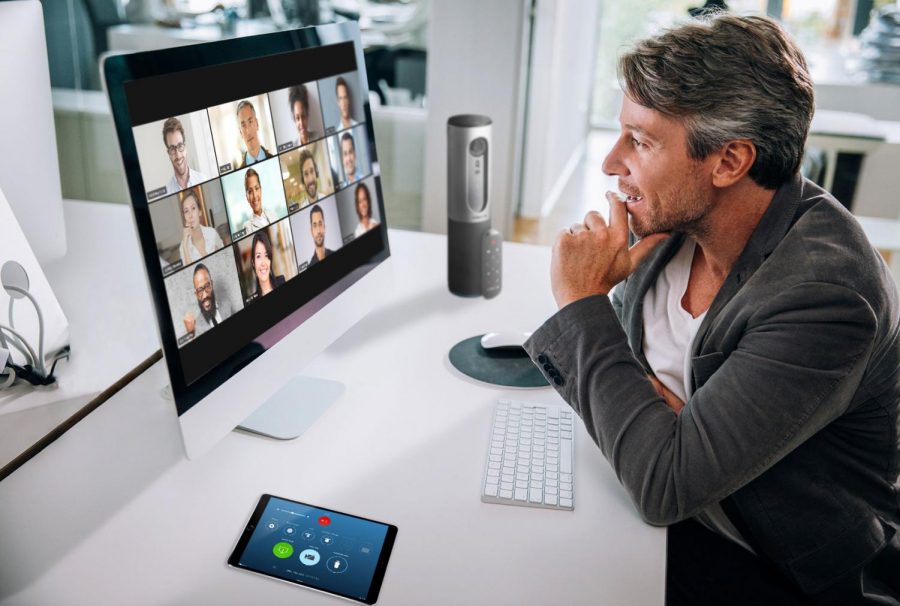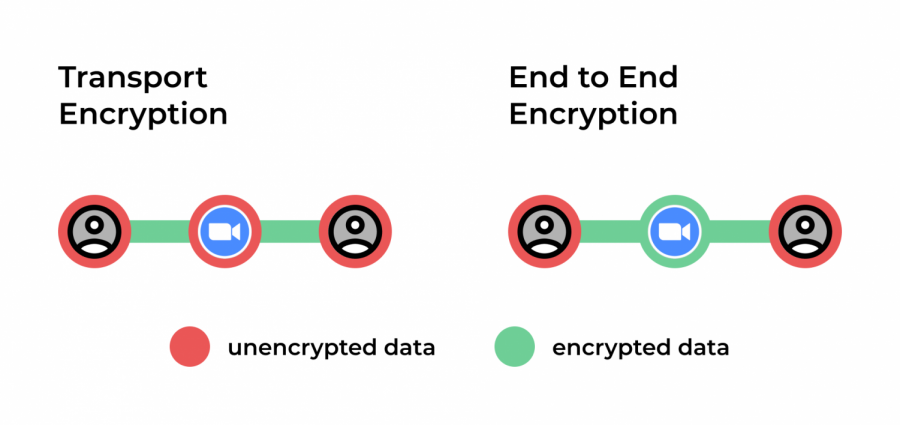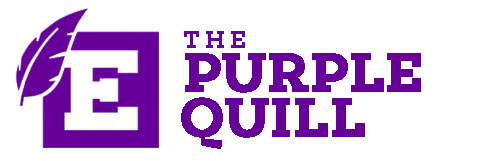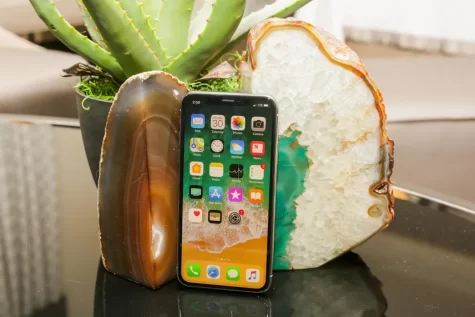Zoom: King of Quarantine
How good is the product that has taken over our lives?
Zoom, an upstart startup, has taken over our lives during the quarantine.
Over the past few months people have become all too familiar with the now popular video conferencing software. It has become an overnight staple among many businesses and schools, but how good is it really?
Zoom pre-pandemic had a relatively small user base of only 10 million Daily Active Users (DAU); however, as people began working from home, usage soared, leaving that number now just shy of 300 million DAU. As Zoom has grown it has had its share of privacy and security scandals but it has managed to weather the storm and has continued to flourish.
Interface and Experience
One of the first things you notice when using a program is the user interface (UI). This may make or break the user experience for some and it is definitely an area where Zoom struggles.
Zoom’s UI is fine for anyone just looking to use it for basic calling; however, it is once you start to look for more advanced features that its simplistic main calling page becomes an issue.

To find just about anything more complicated than the option to mute, hide your camera, or leave the call you must navigate a never ending stream of menus and pop outs. Even some of Zoom’s most popular features, such as virtual backgrounds, are several clicks away.

The most important aspect of any program is the user experience. This is something that Zoom gets almost perfect.
In my testing, Zoom is straightforward to use for basic meetings and is chocked full of features for the advanced user.
One such feature pioneered by Zoom is the ability for anyone to join a call with just the click of a link. When you click on a Zoom link you immediately enter the call, no account or sign up necessary. This feature makes the whole Zoom experience feel that much more streamlined, even if it does pose a security risk (more on that later).
The one major qualm that I have with the user experience harks back to the UI and the number of features that are hidden behind menus. I cannot count the number of times I have had to try to explain to someone the complex trail that they must follow to get to a specific feature.
Overall, Zoom does a decent job in the UI/UX department but can definitely still use some work to cater towards the everyday, non-technical, user.
Quality
Zoom really shines when it comes to the audio and video quality. On an unfettered connection, Zoom’s video and audio quality are clear and far outpace those of its competitors. The reason, Zoom uses its own video compression technology and does not have end to end encryption at the time of writing (this will be discussed further in the security section).
Zoom is currently capped at 480p (SD) for calls of three or more users, saving HD video (720p or 1080p depending on your plan) for calls with only two people. This restriction is due to the increased demand working from home has provided and the need to quickly scale their bandwidth. During more normal times; however, Zoom is capped at 720p (HD) for free users and 1080p (HD) for business, education, and enterprise users.

As someone who used Zoom before it became such a mainstream staple, I have witnessed firsthand this downgrade in video quality. While it is annoying, I understand the reasons behind the decision and especially for large calls it does not make a huge difference since the default gallery view shows only small windows for each participant.
Overall the quality of the video and audio meets or exceeds that of its competitors.
Privacy and Security
Privacy and security is an area in which Zoom has faced significant struggles.
Between the privacy concerns of complete strangers being able to join and Zoom reportedly sending data to Facebook Zoom has weathered its fair share of user privacy concerns even causing some high profile companies, such as SpaceX and Google, to ban its usage among their employees.
At this time Zoom is not end to end (E2E) encrypted as it once claimed to be. Instead Zoom uses what is known as transport encryption. What that means is that your call is encrypted on the way to Zoom’s servers, at which point it can be decrypted and then re-encrypted before making its way to the other call participants. This allows for faster and less resource intensive calls, allowing for better quality on slower connections; however, this means that your call can be seen by someone with access to Zoom’s servers. With E2E encryption, which Zoom has plans to implement, your call is only able to be decrypted by the other participants in the meeting, not on Zoom’s servers, which provides a higher level of security.

With that being said, Zoom has responded remarkably well to the concerns, even issuing a temporary hold on new features while it worked on improving the privacy and security of their platform.
Price
Zoom is not cheap. With their cheapest plan, an annual per person license costs $149.99 (about $12.50 per month). This is not bad if you have one person with a license in charge of scheduling your meetings; however, it becomes quite expensive if you need to add more people and therefore more licenses. Zoom does offer a free tier which limits you to 40 min. per meeting if your meeting has more than two people.
Competition: How it Stacks Up
As you may imagine Zoom is not the only player in the video conferencing market. Some of Zoom’s biggest competitors also happen to be the tech goliaths; Microsoft, Facebook, and Google. Each of these companies has their own competing product(s) and a significant business advantage.
Chances are, if you own a business you already subscribe to Google’s or Microsoft’s suite of office products. This means that you are already paying for either Google’s Meet or Microsoft’s Teams (technically both companies offer other options, Hangouts and Skype, but both of those are going away).
This naturally leads businesses to question if it is worth paying extra for Zoom on top of the services they already pay for. The answer in most cases is no, but if you have need for the more advanced features, Zoom is your best option.

"Formal education will make you a living; self-education will make you a fortune." - Jim Rohn














